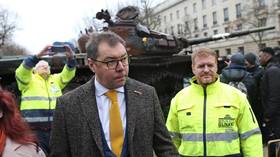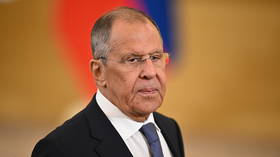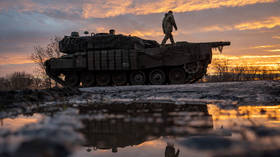Has Unity Day united Russians?
On Sunday Russia celebrated National Unity Day, which was reinstated as a holiday just four years ago. The day celebrates the end of what is known as the Time of Troubles in 1612, although it now reminds some Russians about the end of the troubled 1990s.
In 1612, Polish-Lithuanian occupation forces were driven from Moscow, which led to a period when there was no government. Stability only came after the fighting that led to the installation of the Romanovs.
From 1612 until 1917 the Day of Unity was widely celebrated in October, but was then banned during communist times.
The 90s in many ways remind us of those dark times back in 1612. The government was split and the country was a wreck. So this helps us to remember about the great mission people took upon themselves to overcome troubled times," says historian Nikolay Sakharov.
But people are still having trouble getting used to the new “old” holiday, though there are a range of other ideas and events that are naturally uniting Russians, not just in Russia, but around the world.
The Russian Orthodox Church recently re-unified with its co-confessionals abroad after decades apart.
There’s also sport – Russians across the globe watched and waited to see if Sochi would win the 2014 bid. And when it did, it was clear the Olympics would continue to unite Russians.
On Sunday, President Vladimir Putin laid wreaths at the monument of Kuzma Minin and Dmitry Pozharsky who led the liberation in 1612 from the Polish-Lithuanian forces. On Red Square, outside St. Basil's Cathedral, he met members of youth organisations and military cadets.
“There are still those who would like to split Russia and get their hands on its resources. It’s something we should keep in mind. But our main goal must be the development of our country,” said the President.
Meanwhile, a nationalist Russian March took place in Moscow on Sunday afternoon. With about 900 participants, it was peaceful and no cases of violence were reported.












